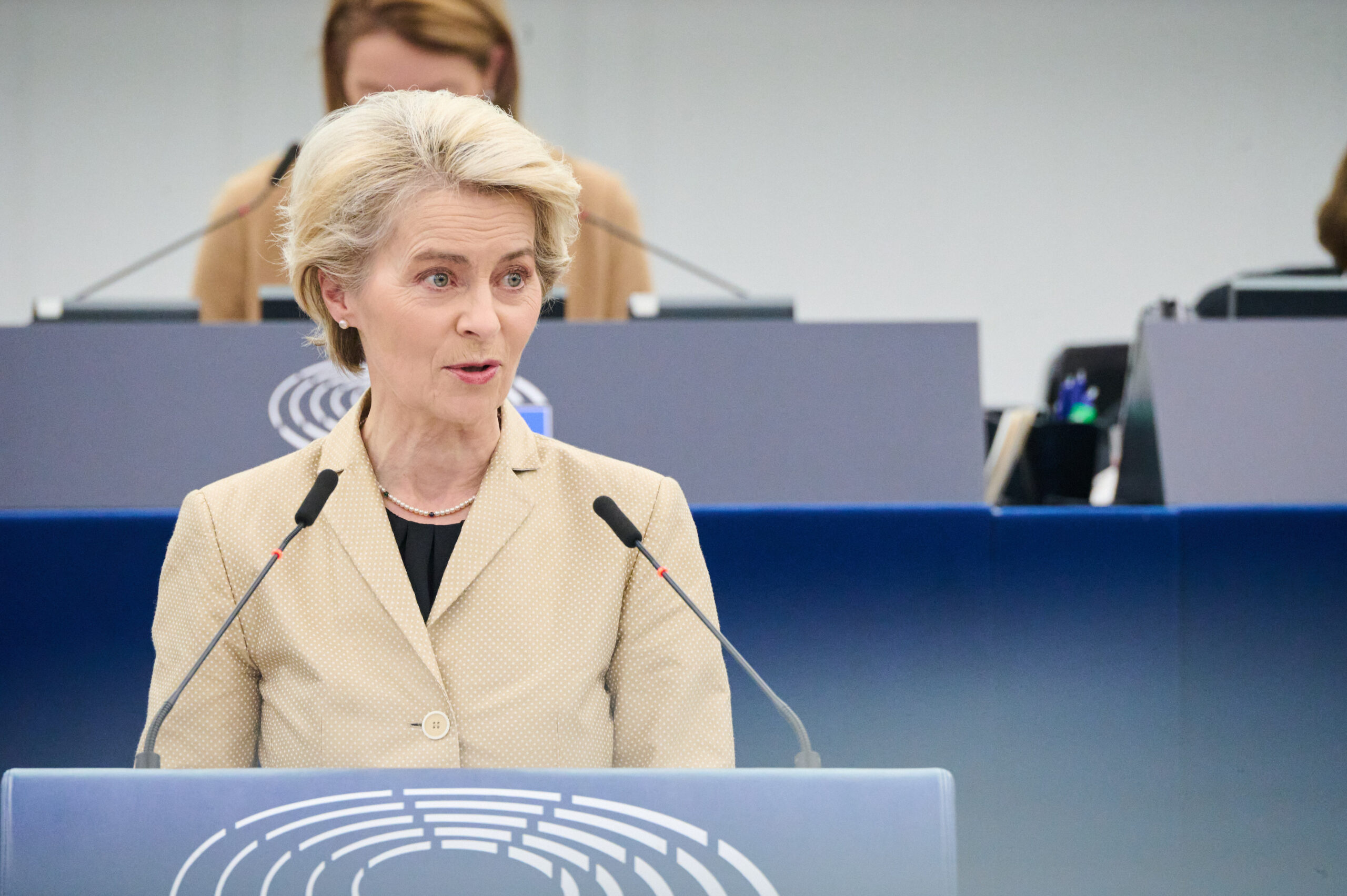Pnrr, here’s how much Brussels pays interest to finance national recovery plans

The European Commission raised 4 billion by issuing a 30-year bond at a rate of 3.42%. Brussels was forced to pay a good 87 basis points more than the equivalent German bond and 2 points more than the French one. Liturri 's analysis
We have said several times that the EU Commission to finance individual national Recovery Plans does not find the money under the tree in the field of miracles, as Pinocchio believed. It must go to the markets and solicit international investors with attractive returns.
A significant event happened on Tuesday . Indeed, the Commission raised 4 billion with some success (demand equal to 18 times the offer) by issuing a 30-year bond at a rate of 3.42%. This yield must be compared with that of securities of the same maturity issued by Germany and France and the comparison is merciless, for a security with a triple-A rating such as the one issued by the Commission.
The Commission was forced to pay 87 basis points more than the equivalent German security and 2 points more than the French one.
In short, the umpteenth demonstration that the spread we should be talking about is not that of the BTP, but that of the EU bonds which at the moment are delighting investors who ask for and obtain a higher risk premium due to the low liquidity of those securities and the lack of continuity in the issues (NextGenUE is a limited-time programme, let us remember). And, not surprisingly, many flock to the maypole.
This issue offers the opportunity for some reflections.
THE BTP QUESTION
First of all, the comparison with Btp issues of the same duration. Last June 14, the Treasury paid 4.54%, i.e. 113 basis points more. But just today , by issuing a thirty-year BTP with a residual life of 26 years, the Treasury gained 4.45%, raising a total of 2.5 billion.
So the question is: is about 100 basis points of higher interest rates worth the cost of the bureaucratic monster we have set up to get the funds from the PNRR? How much are all the conditions we had to comply with to achieve that (alleged) savings? How much is the uncertainty that we have been experiencing since last January, when we presented the request for payment of the 19 billion of the third installment and, after 7 months, the Commission raises a different point every day, first the stadiums in Florence and Venice, then the restructuring of the student residences, then the heat pumps, then the port concessions…? How much is it worth not actually knowing the cost of those debts to the Commission, which certainly won't apply 3.42% to us but will apply expenses, margins and commissions? How much is it worth having necessarily had to spend that money on expenses approved by the Commission and not also by the Italian government, which indeed had to empty the drawers of the ministries to get all the funds, regardless of the actual utility of the expense?
THE COMMISSION'S STRATEGY FOR THE ISSUANCE OF SECURITIES
But doubts also arise about the bond issue strategy adopted by the Commission. In fact, it is known that the repayments of the Member States will start from 2056, therefore theoretically it would not make sense for the Commission to issue bonds with a shorter maturity, because when they mature, the Commission could only reimburse them by issuing new bonds, having no repayment flows from the Member States . So why did the Commission issue on long maturities (such as 30 years) only 31 (35 with the last 4) billion on issues for a good 367 billion starting from June 2021 ? But there is more. While the first 30-year issue reached a rate of 0.73% in June 2021, since then the Commission has been asleep and has returned to issuing 30-year bonds only during 2022, by which time the wave of rate hikes had started and was been forced to pay rates above 3%, up from 3.42% a few days ago. Why did the Commission, which knew from the outset the long-term profile of its investments, consequently not immediately adjust the maturities of the issues? It is reasonable to think that he did not do it simply because investors would have turned their backs and refused to commit to such long maturities at the low rates of 2021. Just think of the losses that those who have the 6 billion issued at 0 in their portfolios are suffering today. 73%!
The other news is that the Commission plans to halve emissions during the second half of 2023. After the 80 billion in the first half, the plan envisages only 40 billion. Evidently they do not envisage significant disbursements in favor of the Member States and this should ring an alarm bell for our country which has a 19 billion installment now pending for 7 months and is preparing to request a fourth installment of 16, with little probability that be paid in 2023.
Last, but not least, is the growing interest cost charged to the EU budget. You will well understand that paying 0.73% or 3.42% means multiplying expenditure by five and the EU budget was not at all prepared for this eventuality and is frantically running for cover, cutting other expenditure items.
This is a machine translation from Italian language of a post published on Start Magazine at the URL https://www.startmag.it/economia/spesa-commissione-europea-recovery-plan/ on Fri, 14 Jul 2023 05:33:16 +0000.
